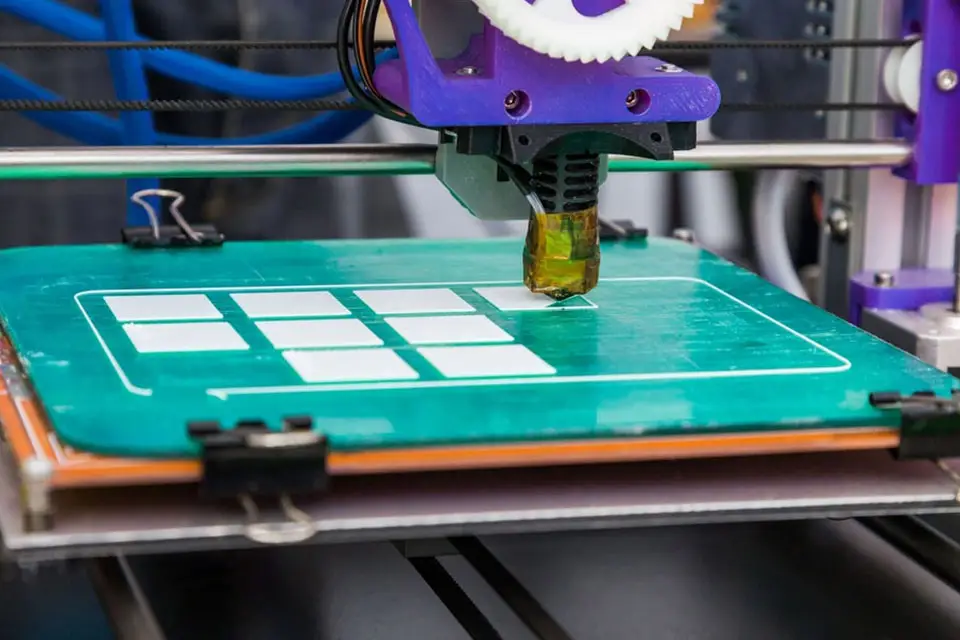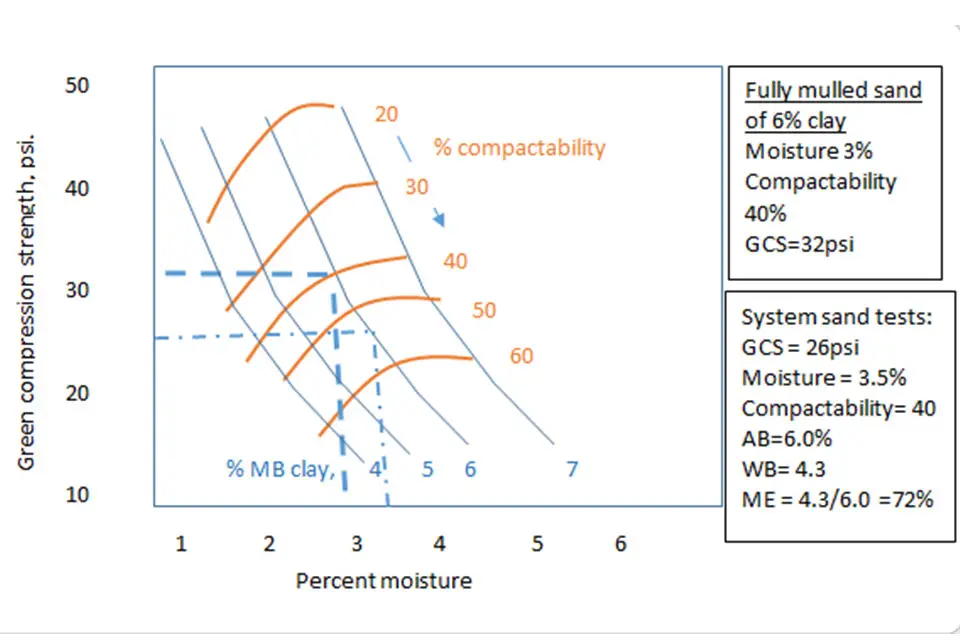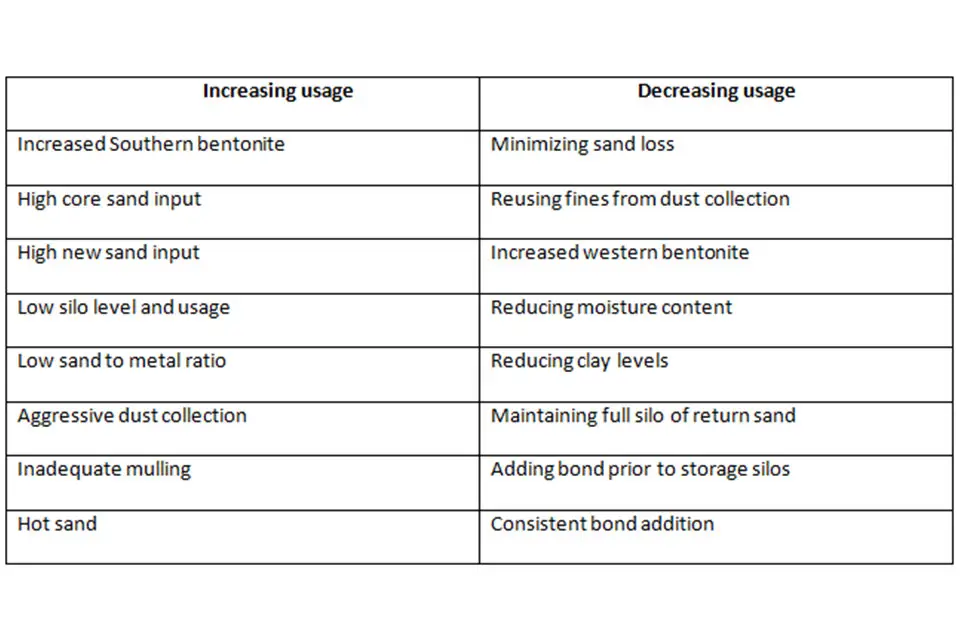The manufacturing industry is ever-changing. One of the key drivers of this change is the emergence of new advanced technologies like additive manufacturing which is leading organizations to rethink their manufacturing processes. Shorter value chains, building custom parts, and replacing complex assemblies by simpler 3D printed parts are some of the major benefits of additive manufacturing.
Moreover, previously building lighter but still robust parts by traditional methods was not possible. In addition to creating prototypes, additive manufacturing is now being adopted to manufacture functional parts as well.
Although there are a lot of benefits, there are also some challenges manufacturers are facing while adopting additive manufacturing:
Managing material and manufacturing requirements
In order to successfully adopt additive manufacturing, one of the biggest challenges is the availability of materials that can be used. Although there are more than 90,000 grades of polymers and 80,000 grades of metals to be used in traditional manufacturing processes, the materials available for additive manufacturing are very limited. One of the ways to overcome this is by physical validation through the testing of printed parts.
Ensuring regulatory compliance
Regulatory bodies have mandated manufacturers conduct a wide range of testing and validation studies to obtain various certifications and approvals before releasing any product developed using additive manufacturing. Some of these are chemical, mechanical, non-destructive, and destructive testing of parts; material specification reports; and test specimen creation reports.
Deficits in designers and engineers skilled in additive manufacturing
Being a relatively new technology, there are not many skilled employees available in the market who have the experience in manufacturing additive products.
Intellectual property issues, particularly regarding copyright
As additive manufacturing, or industrial 3D printing, uses multiple 3D printing processes to create finished goods or end products, it has become easier to develop different products. This ease of production has given rise to intellectual property and copyright issues.
Safety concerns
With such a rapidly evolving technology it can be a challenge to maintain safety standards that properly address risks while working on additive manufacturing. It will take some time to collect data concerning the identification and mitigation of risks to health and safety.
While established manufacturing companies can focus on applying additive manufacturing technologies in the redesign of components, products, and processes, it is also important to start training employees. Creating awareness as well as providing employees with opportunities to add to their skills will go a long way in overcoming challenges and successfully adopting additive manufacturing.
Want to learn more about additive manufacturing? Fill out the form below and let us know the AM technology you are interested in.



